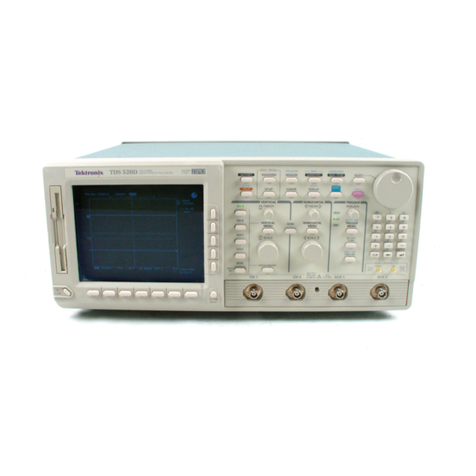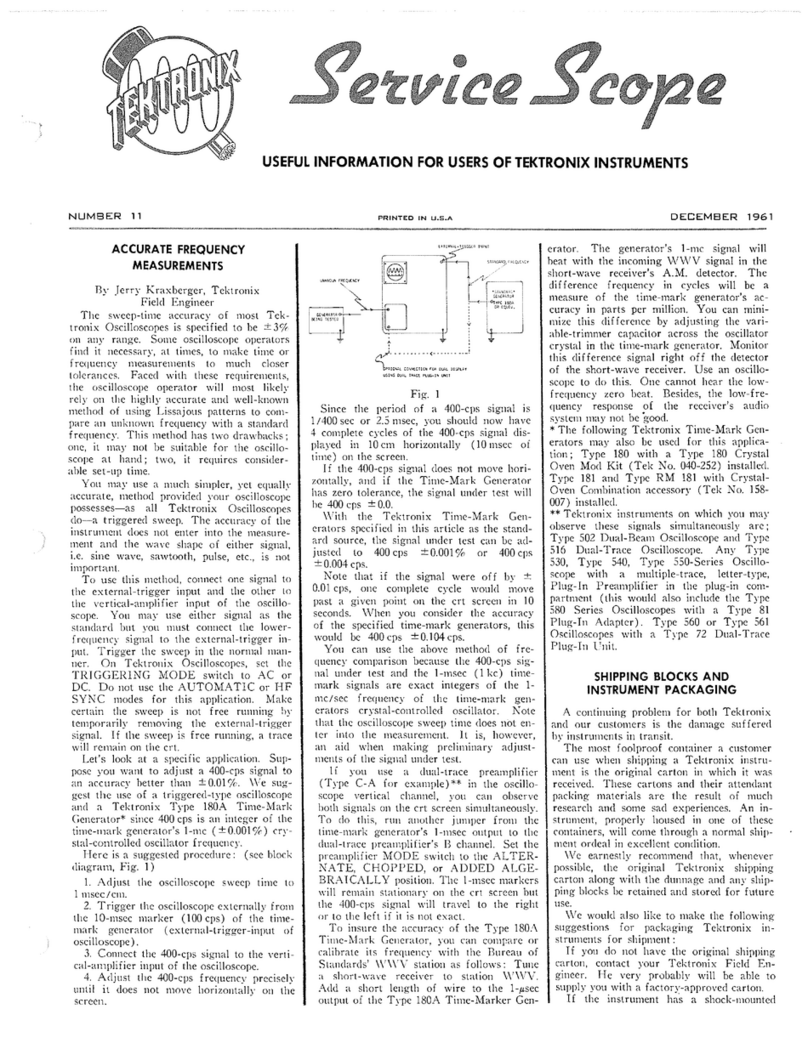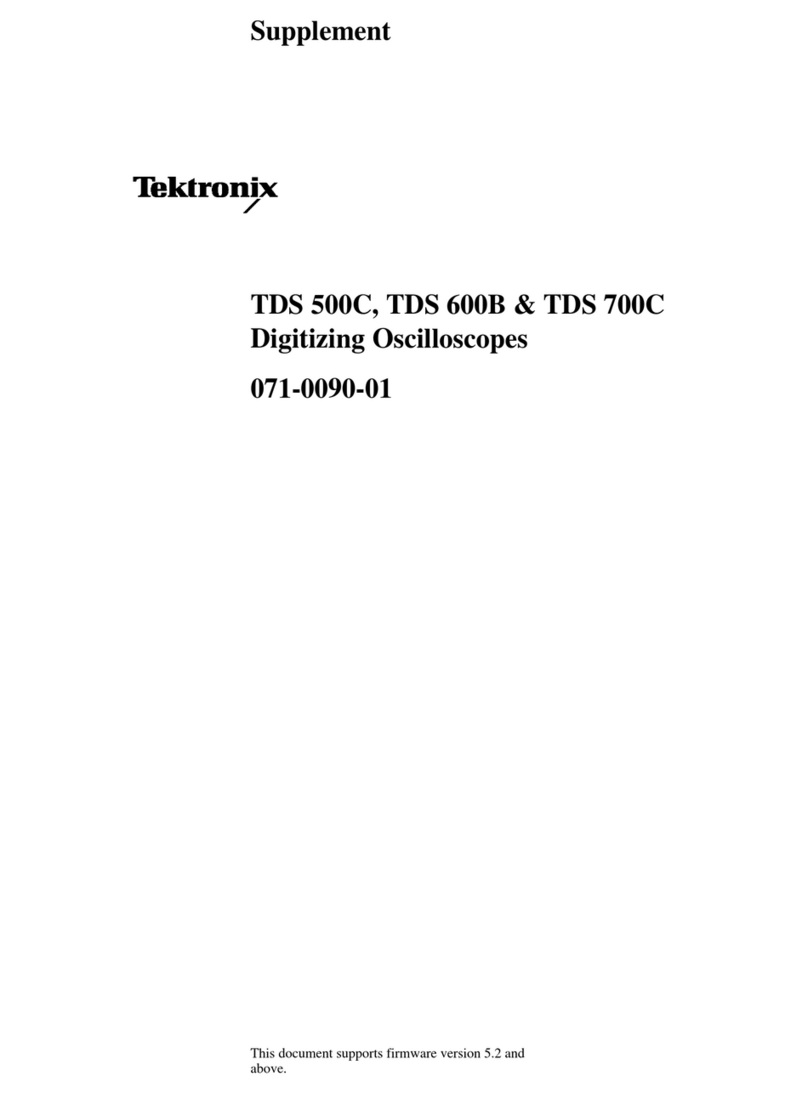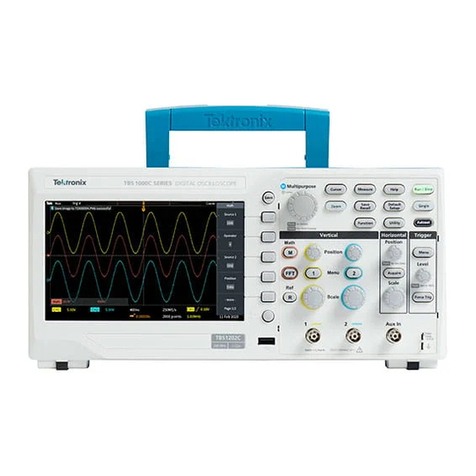Tektronix 5103N User manual
Other Tektronix Test Equipment manuals
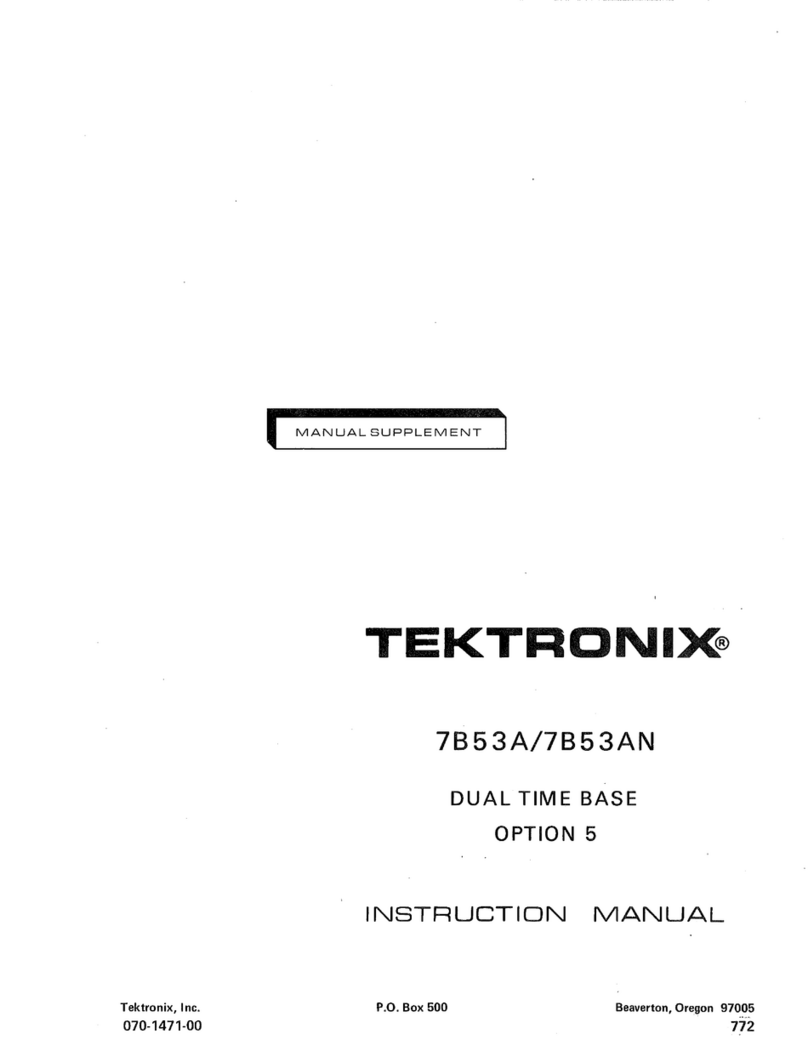
Tektronix
Tektronix 7B53A User manual
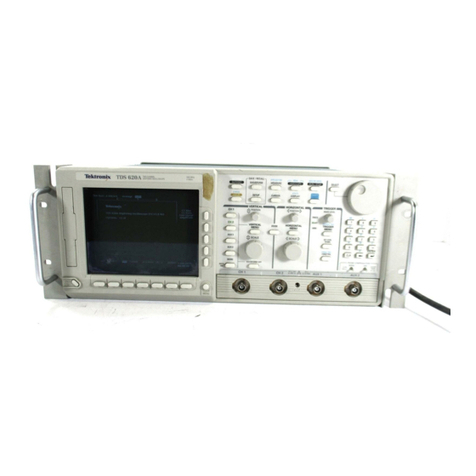
Tektronix
Tektronix TDS 620A User manual
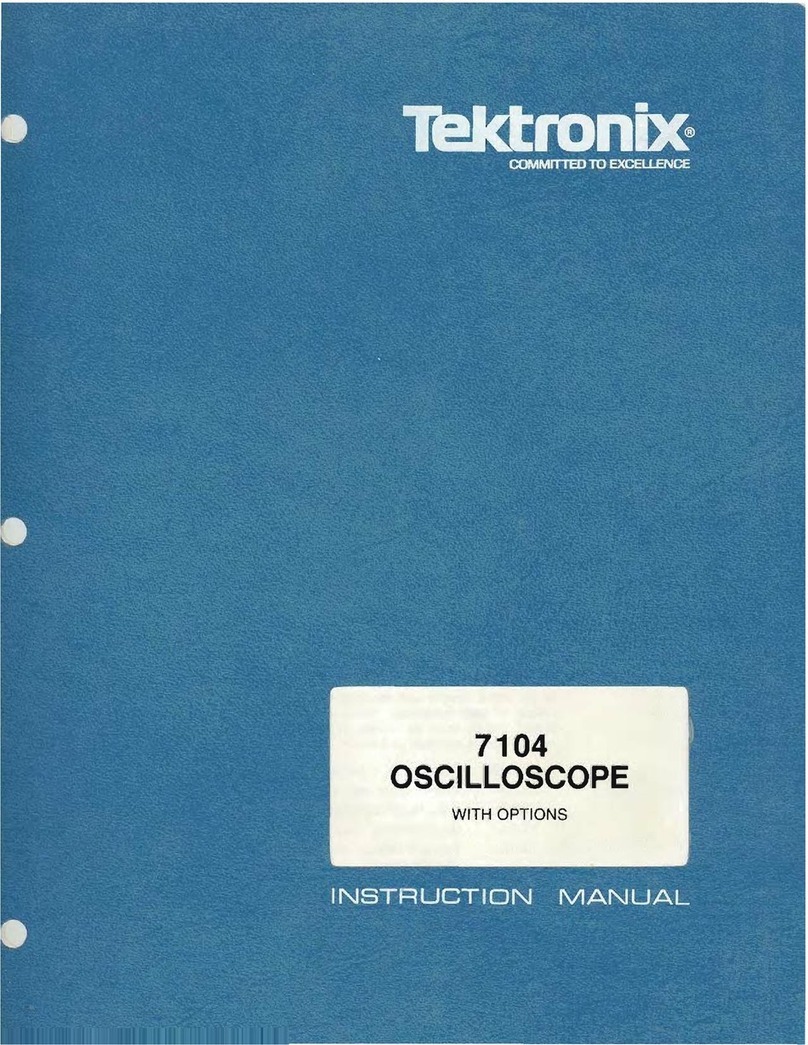
Tektronix
Tektronix 7140 User manual
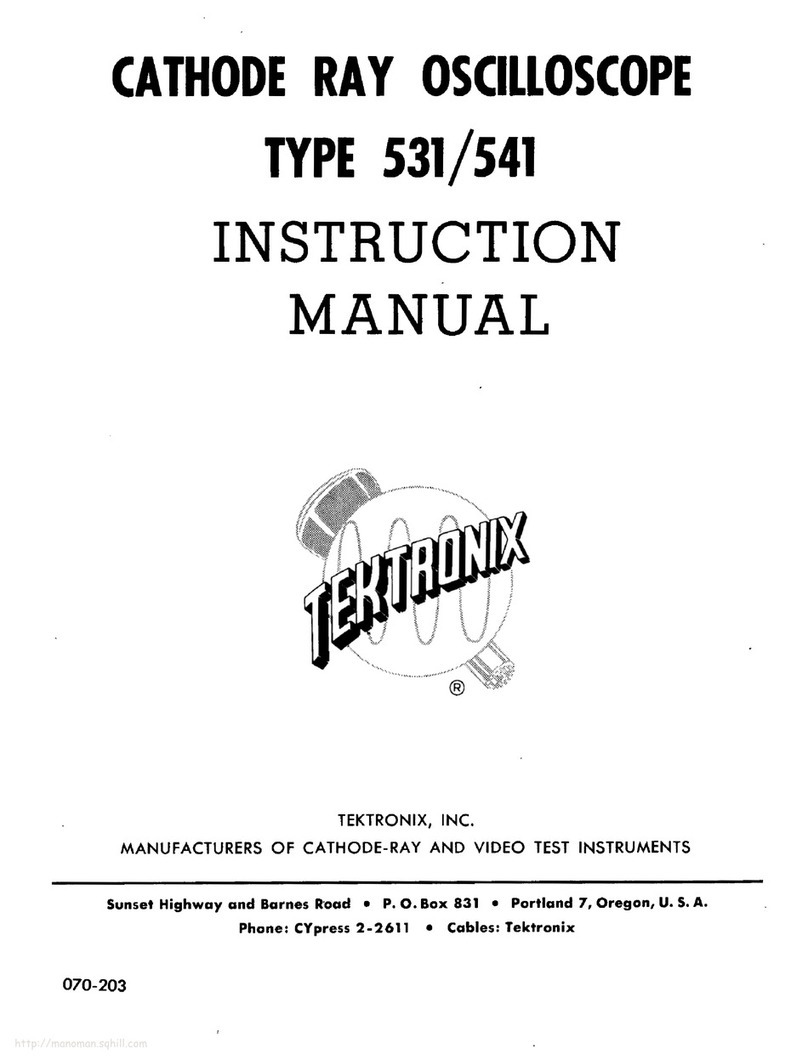
Tektronix
Tektronix 531 User manual
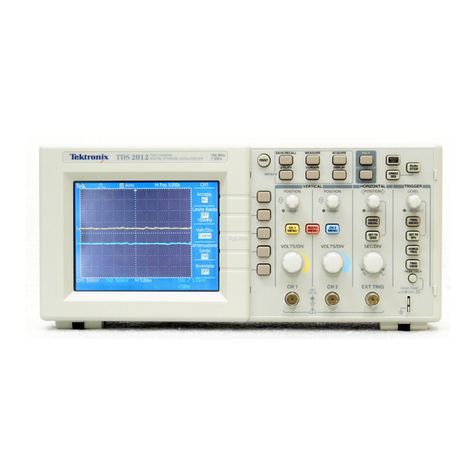
Tektronix
Tektronix TDS2012 User manual
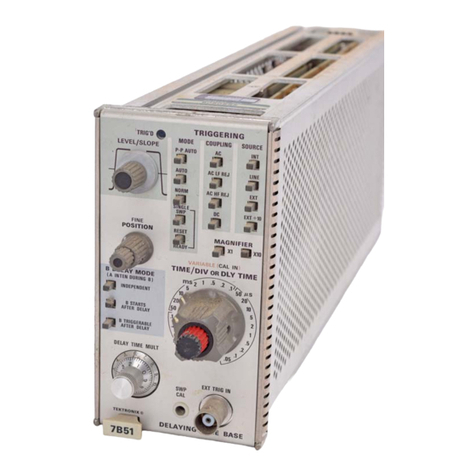
Tektronix
Tektronix 7B51 User manual
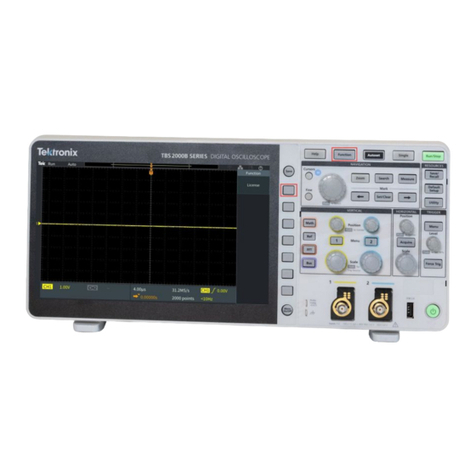
Tektronix
Tektronix TBS2000B Series User manual
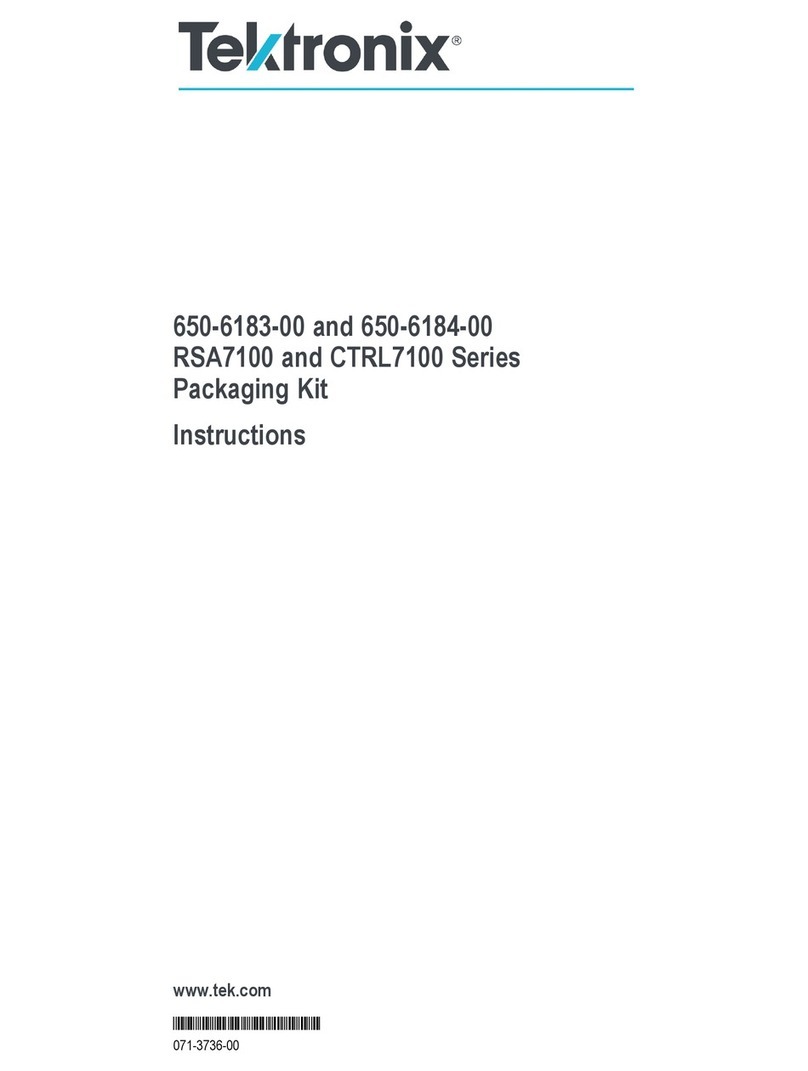
Tektronix
Tektronix CTRL7100 Series User manual
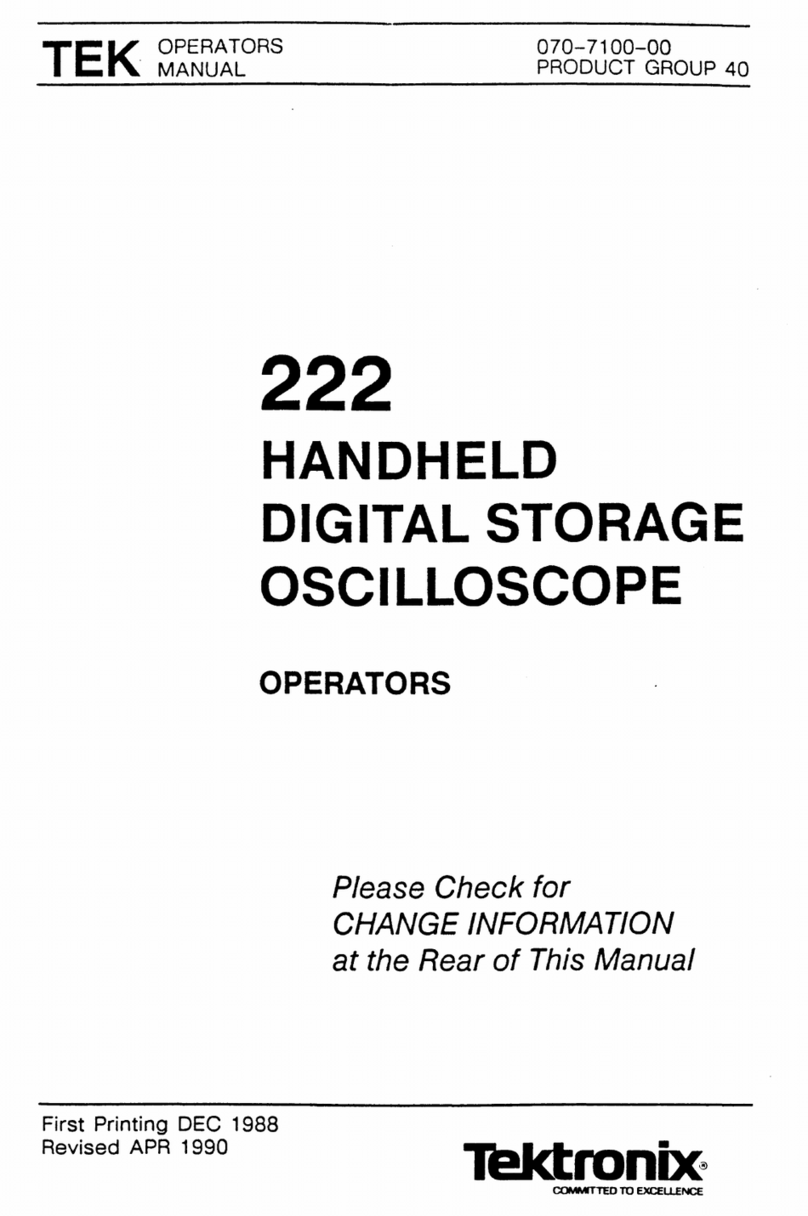
Tektronix
Tektronix 222 User manual

Tektronix
Tektronix NetTek YBT100 User manual
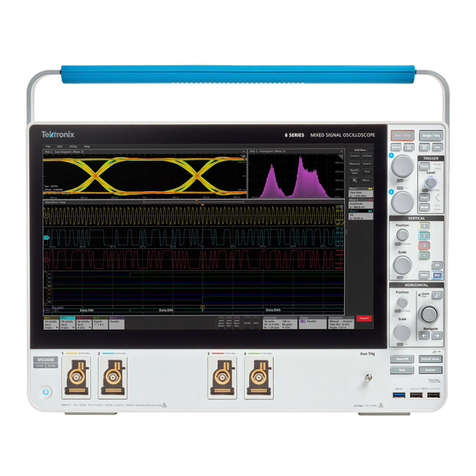
Tektronix
Tektronix B MSO 6 Series User manual
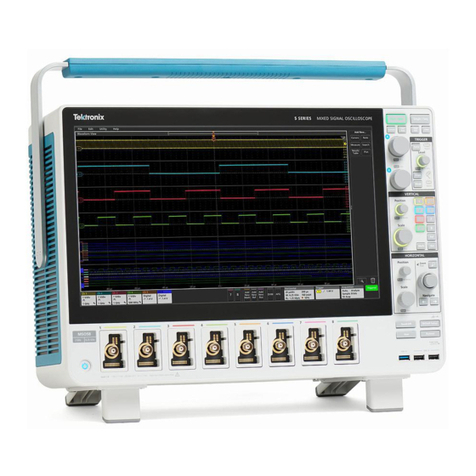
Tektronix
Tektronix 5 Series User guide

Tektronix
Tektronix 556 User manual
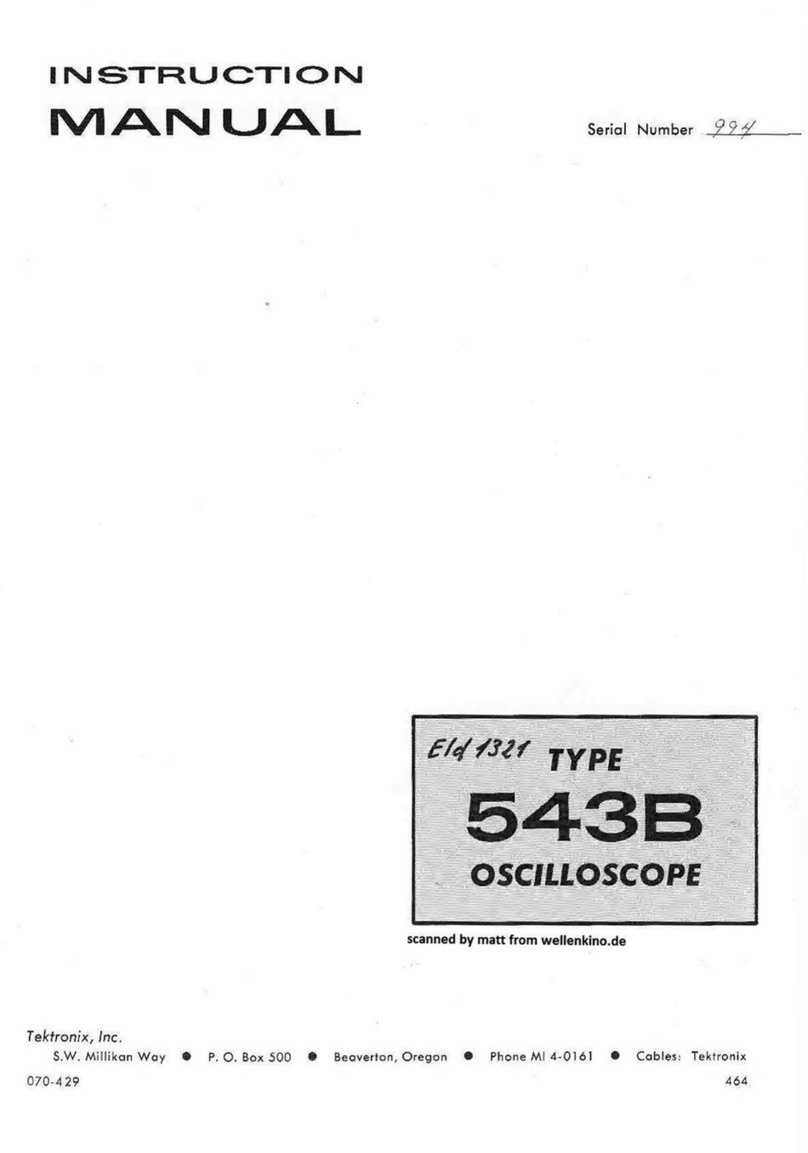
Tektronix
Tektronix 543B User manual
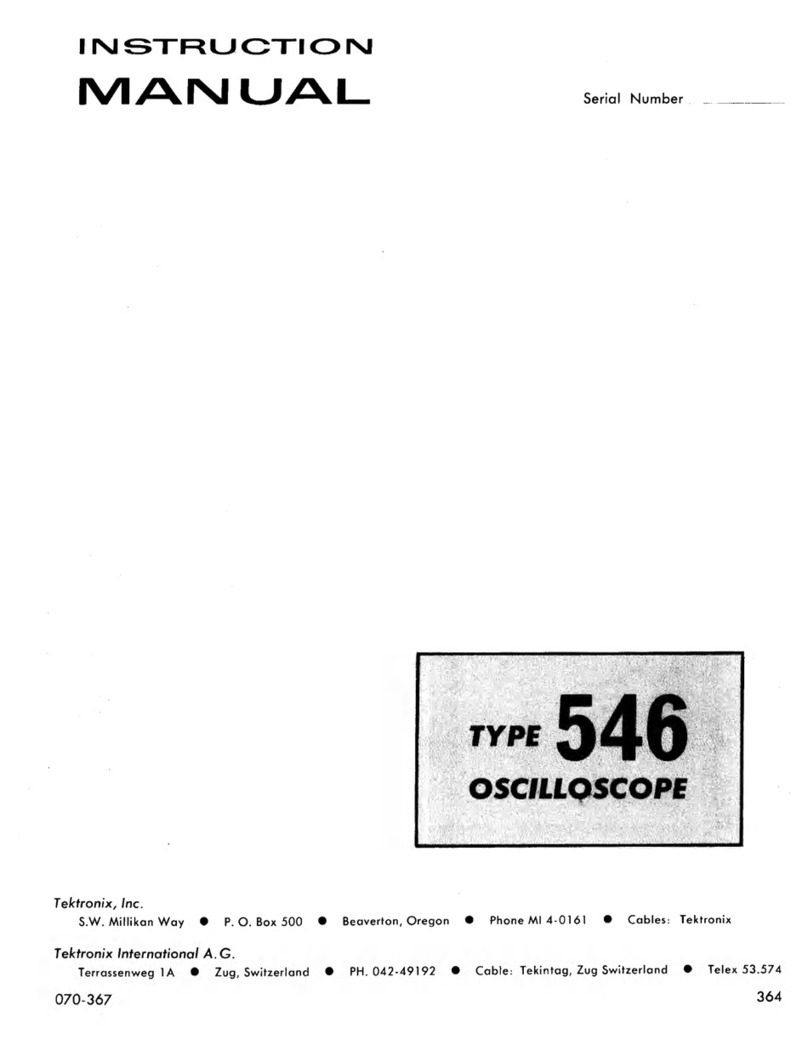
Tektronix
Tektronix 546 User manual
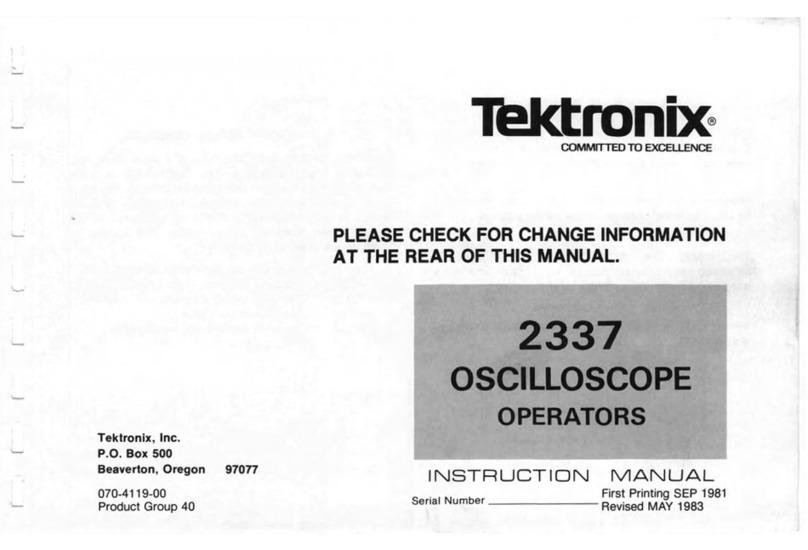
Tektronix
Tektronix 2337 User manual
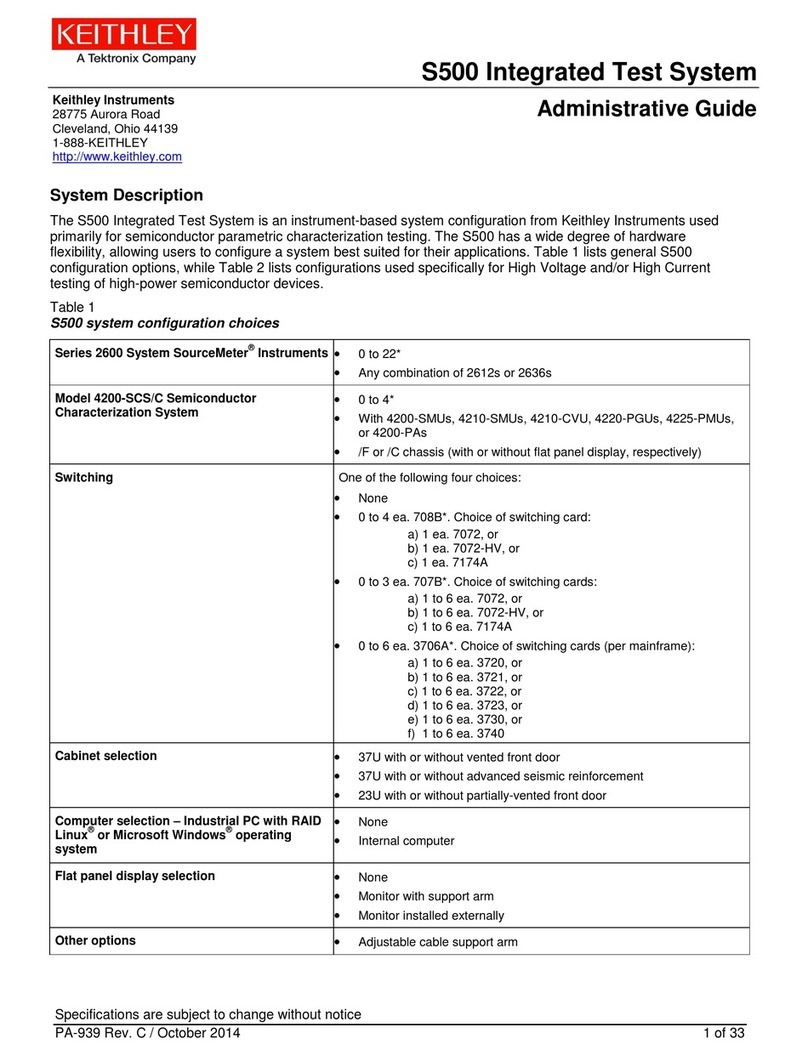
Tektronix
Tektronix Keithley S500 User manual
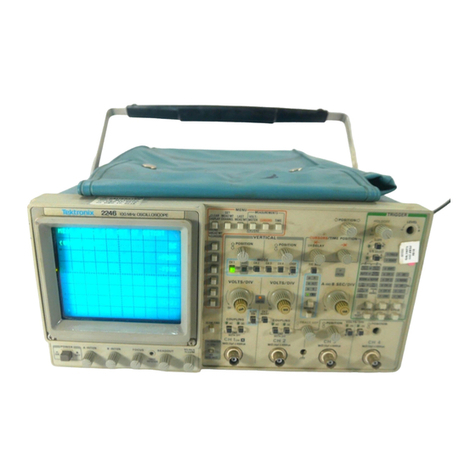
Tektronix
Tektronix 2246 1Y User manual
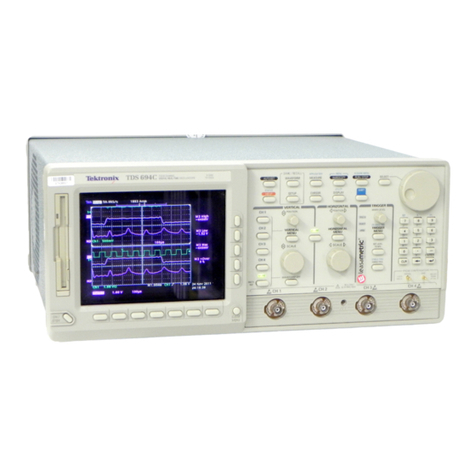
Tektronix
Tektronix TDS 500D Use and care manual

Tektronix
Tektronix MTS400 Series Manual
Popular Test Equipment manuals by other brands

Redtech
Redtech TRAILERteck T05 user manual

Venmar
Venmar AVS Constructo 1.0 HRV user guide

Test Instrument Solutions
Test Instrument Solutions SafetyPAT operating manual

Hanna Instruments
Hanna Instruments HI 38078 instruction manual

Kistler
Kistler 5495C Series instruction manual

Waygate Technologies
Waygate Technologies DM5E Basic quick start guide

StoneL
StoneL DeviceNet CK464002A manual

Seica
Seica RAPID 220 Site preparation guide

Kingfisher
Kingfisher KI7400 Series Training manual

Kurth Electronic
Kurth Electronic CCTS-03 operating manual

SMART
SMART KANAAD SBT XTREME 3G Series user manual

Agilent Technologies
Agilent Technologies BERT Serial Getting started
